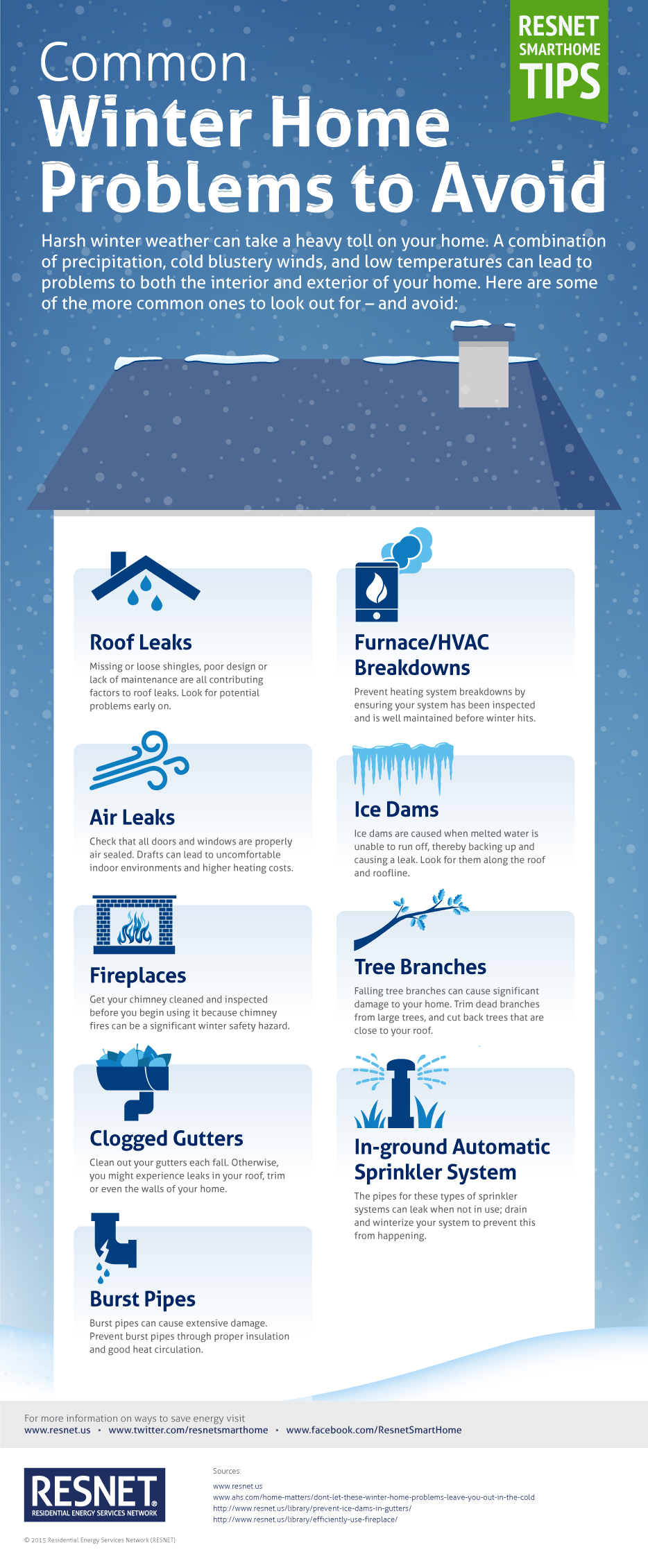Regular Errors In Roof Installation And Techniques For Prevention
Regular Errors In Roof Installation And Techniques For Prevention
Blog Article
Web Content Author-Adamsen Mark
When you're planning a roofing system installation, it's easy to ignore crucial information that can bring about considerable troubles down the line. You might be lured to reduce edges on product selection or avoid correct blinking installation, yet these common blunders can lead to pricey fixings later. Comprehending the relevance of air flow and sticking to neighborhood building codes is essential for a successful task. So, what are the essential steps you should take to guarantee your roof stands the test of time? Allow's discover some reliable strategies to avoid these risks.
Poor Material Option
When it pertains to roof covering installation, choosing the incorrect materials can cause pricey issues down the line. You might think that any roof covering product will do, however that's a typical misunderstanding. It's critical to choose materials that fit your local climate and the specific requirements of your home.
For instance, if you live in an area with hefty rainfall or snow, opting for asphalt roof shingles might not be the very best option. Rather, think about https://www.archdaily.com/952573/4-solutions-for-roofs-without-eaves-and-their-construction-details like steel or slate.
Furthermore, focus on the top quality of the materials you're taking into consideration. Inexpensive products may conserve you money upfront, but they commonly lack long life and can cause frequent repairs or replacements.
You must likewise think of the style of your home and make sure the materials you select will preserve its visual charm.
Finally, don't forget to seek advice from specialists. They can offer important insights and recommend materials that adhere to regional building regulations.
Investing time in correct product option currently can help you avoid migraines and expenses in the future, making your roof task a success.
Inadequate Flashing Setup
Selecting the right materials isn't the only aspect that can bring about roof covering problems; inadequate blinking installment can additionally produce significant issues. Flashing is crucial for directing water far from prone areas, such as smokeshafts, skylights, and roof covering valleys. If it's not mounted effectively, you take the chance of water invasion, which can bring about mold and mildew growth and structural damage.
When you mount blinking, ensure it's the ideal type for your roof's style and the regional environment. As an example, metal flashing is commonly a lot more resilient than plastic in areas with heavy rain or snow. Make certain the blinking overlaps appropriately and is secured snugly to prevent spaces where water can seep through.
You need to likewise focus on the setup angle. Flashing ought to be positioned to direct water away from your home, not toward it.
If you're unclear concerning the installation procedure or the materials needed, consult a specialist. They can aid determine the most effective flashing choices and make sure whatever is mounted correctly, protecting your home from potential water damages.
Taking local floor contractor can save you time, cash, and migraines down the road.
Neglecting Ventilation Demands
While numerous home owners focus on the aesthetic and architectural facets of roofing installment, ignoring ventilation needs can cause serious lasting effects. Proper ventilation is vital for regulating temperature and dampness degrees in your attic room, avoiding issues like mold growth, timber rot, and ice dams. If you don't set up appropriate ventilation, you're setting your roofing system up for failing.
To prevent this error, first, analyze your home's particular ventilation needs. A balanced system generally includes both intake and exhaust vents to promote air flow. Ensure you've mounted soffit vents along the eaves and ridge vents at the top of your roofing. This mix allows hot air to escape while cooler air gets in, maintaining your attic space comfortable.
Additionally, consider the kind of roof covering material you've chosen. Some materials may call for additional ventilation strategies. Verify your regional building ordinance for ventilation standards, as they can differ significantly.
Finally, do not forget to check your ventilation system routinely. Clogs from particles or insulation can hinder airflow, so keep those vents clear.
Final thought
In conclusion, preventing common roof covering setup blunders is crucial to guaranteeing your roofing's durability and efficiency. By choosing the ideal materials for your climate, mounting blinking appropriately, and attending to ventilation requirements, you can prevent pricey problems in the future. Don't forget to familiarize yourself with regional building codes and timetable regular evaluations. With these steps, you'll enjoy a safe, resilient roof that protects your home for several years to come. Pleased roof!
